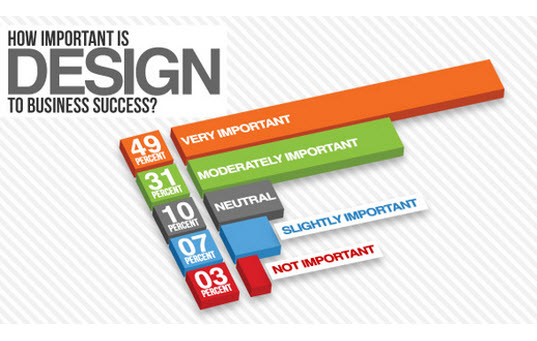Eager To Discover How Site Layout Has Transformed Gradually? Study The Evolution From Simplicity To User-Focused Experiences
Eager To Discover How Site Layout Has Transformed Gradually? Study The Evolution From Simplicity To User-Focused Experiences
Blog Article
Author-Rasmussen Bojesen
In the past, internet sites were straightforward and focused on info. Navigating was straight, and style was for desktops. Now, user experience is essential. Information guides styles for simple navigating. Receptive formats suit various gadgets. Today, dark mode minimizes stress, and minimal menus boost navigation. Interactive attributes engage users, and strong visuals attract attention. AI integration improves engagement. See how design has actually advanced to improve your online trip.
Early Days of Web Design
In the very early days of website design, simpleness preponderated. Internet sites were fundamental, with minimal colors, font styles, and designs. The emphasis was on providing info instead of fancy visuals. Customers accessed the net via slow-moving dial-up links, so speed and performance were essential.
Navigation menus were straightforward, generally situated on top or side of the page. Websites were designed for computer, as mobile browsing had not been yet widespread. Material was king, and designers focused on very easy readability over complex style elements.
HTML was the main coding language made use of, and designers needed to work within its constraints. Animations and interactive features were very little contrasted to today's criteria. Websites were static, with little dynamic material or customized individual experiences.
Rise of User-Focused Layout
With the development of internet site design, a change towards user-focused style concepts has actually become progressively noticeable. Today, creating web sites that prioritize user experience is critical for engaging site visitors and achieving organization goals. User-focused layout includes understanding the demands, preferences, and habits of your target market to tailor the site's design, material, and includes as necessary.
Developers currently conduct detailed research study, such as customer studies and functionality screening, to gather understandings and responses directly from users. This data-driven technique helps in producing intuitive navigation, clear calls-to-action, and visually attractive interfaces that reverberate with site visitors. By placing the individual at the facility of the design procedure, sites can supply a more individualized and pleasurable experience.
Receptive style has actually likewise emerged as an essential element of user-focused style, guaranteeing that sites are maximized for numerous tools and screen sizes. This adaptability improves ease of access and usability, satisfying the varied ways users connect with web sites today. In essence, the surge of user-focused style represents a change in the direction of developing digital experiences that focus on the demands and assumptions of the end customer.
Modern Trends in Website Design
Explore the most up to date patterns forming web design today. One famous trend is dark mode style, providing a streamlined and modern look while lowering eye pressure in low-light atmospheres. One more crucial fad is minimalist navigation, streamlining food selections and boosting customer experience by concentrating on essential elements. Including micro-interactions, such as computer animated buttons or scrolling results, can produce a more interesting and interactive site. Responsive style remains important, making sure seamless customer experiences across different tools. Additionally, making use of strong typography and unbalanced formats can include aesthetic interest and draw attention to specific material.
Incorporating AI innovation, like chatbots for customer support or customized referrals, enhances user involvement and enhances processes. Ease of access has likewise come to be a considerable trend, with designers focusing on inclusive layout methods to accommodate diverse customer needs. Accepting sustainability by maximizing website efficiency for speed and performance is one more arising pattern in website design. Collaborating with user comments and information analytics to iterate and improve design constantly is necessary for staying relevant in the ever-evolving digital landscape. By welcoming these modern-day fads, you can develop a visually enticing, easy to use website that reverberates with your audience.
Final thought
As you assess the advancement of internet site layout from the very early days to now, you can see just how user-focused design has come to be the driving pressure behind modern-day trends.
Accept Visit Webpage of adjustment and adaptation in web design, constantly keeping the individual experience at the leading edge.
Tippingpointdigital
Remain present with the current patterns and innovations, and never ever stop developing your approach to produce aesthetically sensational and easy to use websites.
Read More On this page , adapt, and create - the future of website design remains in your hands.
